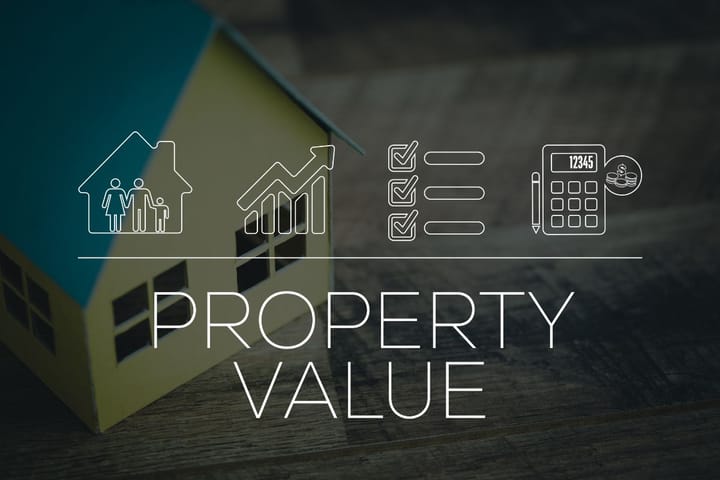A Complete Guide to Filing Planning Applications in Essex
Learn how to navigate the planning application process in Essex for building projects. This guide simplifies complex procedures and paperwork.

Every building construction process needs to include a planning application since they are a mechanism for regulating how buildings and land are developed. This promotes community engagement while helping to shape the environmental, physical, and social aspects of communities. However, various procedures and paperwork are necessary to submit planning applications in Essex. This article will go into detail about the simple step-by-step process for submitting planning applications in Essex.
How to Apply for Planning Applications in Essex: A Step-by-Step Guide
Here are the steps for submitting planning applications in Essex.
Step 1: Determine whether you require planning permission
Identifying whether or not you require planning approval is the first step to take before submitting planning applications in Essex. The reason is that a project must meet a variety of conditions to avoid the requirement for planning permission. You will need to know precise details about your project to determine if it is subject to the requirement for planning permission.
Consult the local authorities' office or the websites for municipal planning applications to be certain whether you need planning permission or not. Additionally, you might inquire with planning application consultants like Humphreysandsons. Beyond applying for planning permission, consulting these experts grants you some further benefits.
Step 2: Compile the necessary paperwork for planning applications in Essex
The next stage is to acquire the necessary paperwork and information after checking with the local authorities or planning application consultants in Essex and being informed that planning permission is necessary. These include a completed application form, a site location plan, a site plan or block plan detailing the planned development, the development's elevations and floor plans, a design and access statement (for some applications), and the application payment.
Keep in mind that the application price varies depending on the project's scope and nature. It is advised that you work with planning application consultants so that you may be certain you have the relevant documentation on hand and in the appropriate format.
Step 3: Submit your application and then await approval
Once the paperwork is prepared, submit it in person at the local planning authority office or electronically via the council website. Make sure to provide the appropriate fee and all necessary documentation. The council will then assess your application to make sure it is complete.
Your application will start the official assessment process after it has been validated. Typically, the process takes 8 to 13 weeks depending on how complicated your application is. "Permission granted," "permission refused," or "permission granted with conditions" are all possible outcomes.
Step 4: File an appeal if necessary
You have the option to challenge the rejection of your application. A planning inspector conducts a review as part of the appeals procedure. At this step, the planning application consultant is helpful. They effectively guide you through the appeals process and participate in the appeal sessions on your behalf. This helps you obtain planning permission quickly while relieving you of the worry of appealing. Following the appeal, you can move forward with your project and, once finished, get your certificate of completion.
Conclusion
We have discussed the detailed instructions for submitting planning applications in Essex. To guarantee a seamless application procedure, it is advisable to seek professional guidance from a planning permission consultant.




Comments ()